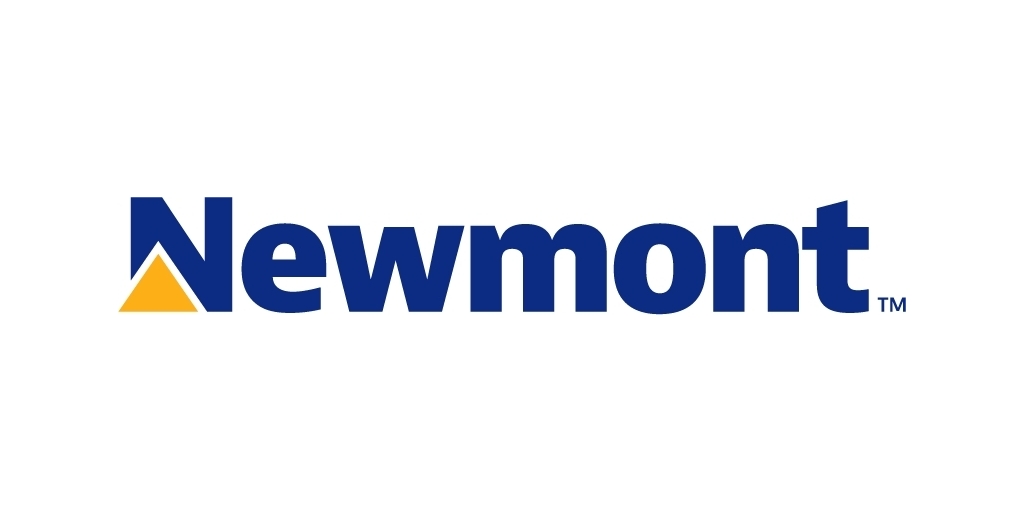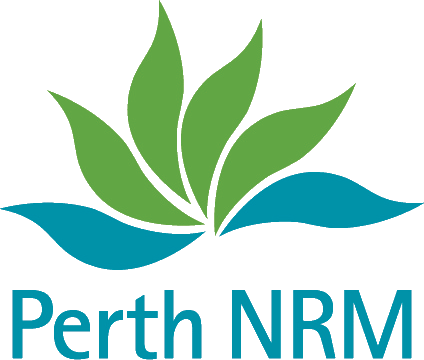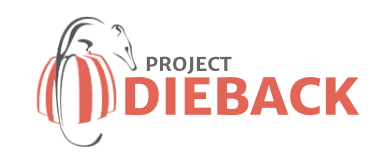

Louise Barwell
Associate Ecological Modeller | UK Centre for Ecology & Hydrology
Presentation Title: Horizon-scanning for Future Phytophthora Threats: Trait-based Approaches
Meet the Presenter:
Louise Barwell’s research has focused on understanding insect populations and plant pathogens using statistical modelling of spatial data at regional to global scales. She is interested in linking trait-based and phylogenetic approaches with socio-economic and environmental factors to explain the distributions and co-occurrence of species and disease outbreaks.
For the past 3.5 years, Louise has been a post-doctoral researcher on the THAPBI Phytothreats project, where she applied cross-species models in the context of horizon-scanning and risk assessment to predict future global threats to the UK from Phytophthora species.
She has actively engaged with UK stakeholders in the forestry and nursery sectors and plant health policy to understand how these data and models could be adapted for end-users.
Louise is a proud owner of an adopted kitten (now cat), who was born 10 years ago in a roll of carpet in her garden shed! She called him Roland, but he turned out to be a she! Roland has stuck with Louise through babies, toddlers and preschoolers.

Abstract:
Plant pathogens are introduced to new geographic regions ever more frequently as global connectivity increases. Plant health surveillance is based on known species, but many high-impact Phytophthora pathogens are first described only at the point of emergence, when the invasion is already well underway. Thus plant health policy has proved insufficient for the prevention of costly emerging Phytophthora diseases with diverse hosts in the ornamental, agricultural and forestry sectors and spill-over into natural, highly valued ecosystems. It is estimated that the Phytophthora genus may contain up to 600 species, so the greatest future threat may come from a novel species which is well-adapted to exploit these global transport networks, and establish in regions with high climate suitability and susceptible hosts. Predicting such events seems difficult for novel species, without in-depth knowledge of their behaviour, distribution, spread and host associations. Yet, biological traits and phylogenetic position are readily quantifiable and often available at the point of description (or even earlier) and could be used to assess the similarity of novel species to known high impact species.
We examine the potential for using biological traits and phylogeny to inform horizon-scanning for future threats from Phytophthora. We use a species-level trait database and phylogeny for 179 Phytophthora species coupled with data on bilateral trade flows and climate and landcover to explore risk factors for arrival, establishment and global impacts (geographic spread and host breadth). We find that species with a broad thermal tolerance range are significantly more likely to be introduced with live plants from source countries (arrival risk), possibly due to their ability to tolerate extreme and variable conditions during transport and establishment. Suitable areas in regions outside of the known distribution can be reasonably well predicted by global niche models based on climate and landcover (establishment risk). Species with similar traits and/or phylogenetic proximity to known high-impact species may be expected to have similar future impacts. The results are limited by incomplete and biased recording globally. Horizon-scanning techniques and their value to plant health policy could be improved by the development of international and cross-sectoral collaborations to capture these data




This event was supported by funding from the Western Australian Government’s State NRM Program, the Department of Biodiversity, Conservation and Attractions, Newmont Boddington Gold, and Perth NRM
This project is supported by funding from the Western Australian Government's State NRM Program


